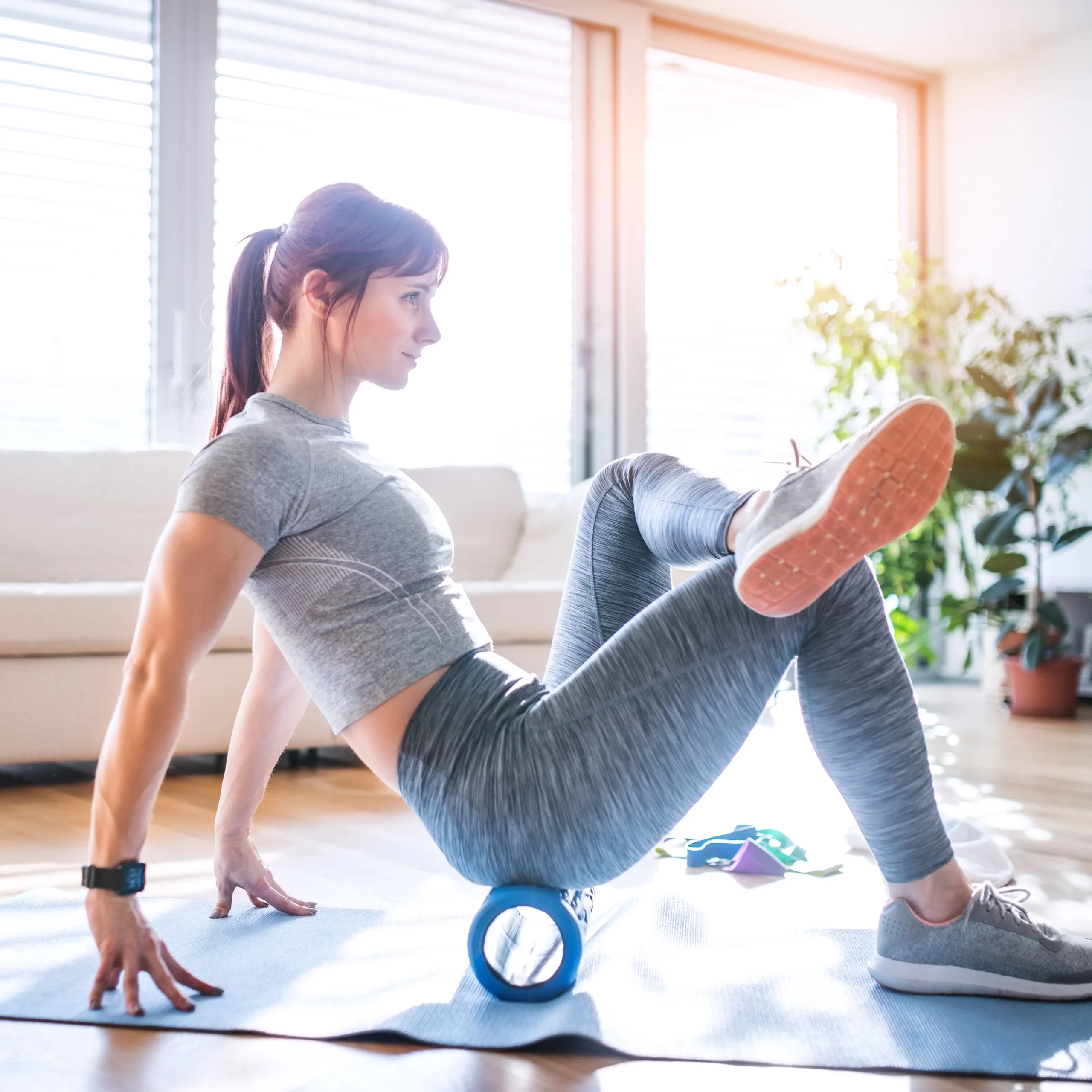
Why Your Foam Roller is Actually RUINING Your Progress
Pilates Pila – You’ve been told foam rolling is the holy grail of recovery RUINING that those painful sessions grinding your muscles will make you more flexible, reduce soreness, and boost performance. But what if your foam roller is secretly sabotaging your results? New research reveals that improper foam rolling can cause long-term damage to your muscles, decrease athletic performance, and even lead to chronic inflammation.
Physical therapists and sports scientists are now warning that the way most people use foam rollers pressing too hard, rolling too fast, or targeting the wrong areas might be doing more harm than good. Before you roll out your tight quads again, here’s what you need to know about why your foam roller is ruining your progress and how to fix it.
Foam rolling works by applying pressure to muscle tissue, which can temporarily increase blood flow and reduce muscle stiffness. But the key word is temporarily. Many athletes and fitness enthusiasts treat foam rolling like a magic cure-all, spending 20-30 minutes grinding their muscles into submission. The problem? Excessive pressure and prolonged rolling can actually damage muscle fibers, trigger inflammation, and impair recovery.
Studies show that aggressive foam rolling before a workout can reduce strength and power output by up to 8%. That means if you’re rolling hard before leg day, you might be weakening your muscles instead of priming them. Worse, chronic overuse of foam rolling can lead to nerve desensitization, making your muscles less responsive over time.
Many people believe that if foam rolling doesn’t hurt, it’s not working. This is dangerously false. Excessive pressure can compress nerves, bruise muscle tissue, and even cause micro-tears that slow recovery. Instead of digging into your IT band like you’re kneading dough, apply moderate pressure and focus on slow, controlled movements.
If you have an acute muscle strain, tendonitis, or joint pain, foam rolling directly over the injury can increase inflammation and delay healing. Instead, roll around the affected area to improve circulation without aggravating damaged tissue.
Foam rolling right before exercise can relax your muscles too much, reducing their ability to generate explosive power. Save deep rolling for post-workout recovery and stick to dynamic stretches before training.
If your foam roller is ruining your progress, try these science-backed alternatives:
1. Dynamic Stretching – Improves mobility without weakening muscles.
2. Percussion Massage Guns – More precise pressure without overworking tissue.
3. Heat Therapy – Relaxes muscles without mechanical stress.
4. Eccentric Training – Strengthens muscles while improving flexibility.
For recovery, limit foam rolling to 1-2 minutes per muscle group and avoid painful pressure. If you feel sharp pain, stop immediately—your body is telling you something’s wrong.
Foam rolling can be beneficial—if used correctly. It works best for:
Post-Workout Recovery (light rolling to enhance blood flow)
Breaking Up Mild Adhesions (gentle pressure on stiff areas)
Pre-Workout Mobility (brief rolling for tight muscles)
But it’s not a cure for:
Chronic Pain (may worsen underlying issues)
Serious Injuries (requires professional treatment)
Flexibility Deficits (better fixed with stretching & strength work)
Your foam roller isn’t inherently bad it’s how you’re using it that’s ruining your progress. Instead of treating it like a torture device, think of it as a recovery tool that requires precision and moderation. If you’ve been rolling aggressively for years without results, it’s time to change your approach.
The best recovery strategy combines foam rolling (done right), active mobility work, and proper rest. Ditch the “no pain, no gain” mentality, and your body will thank you with better performance, faster recovery, and fewer injuries.